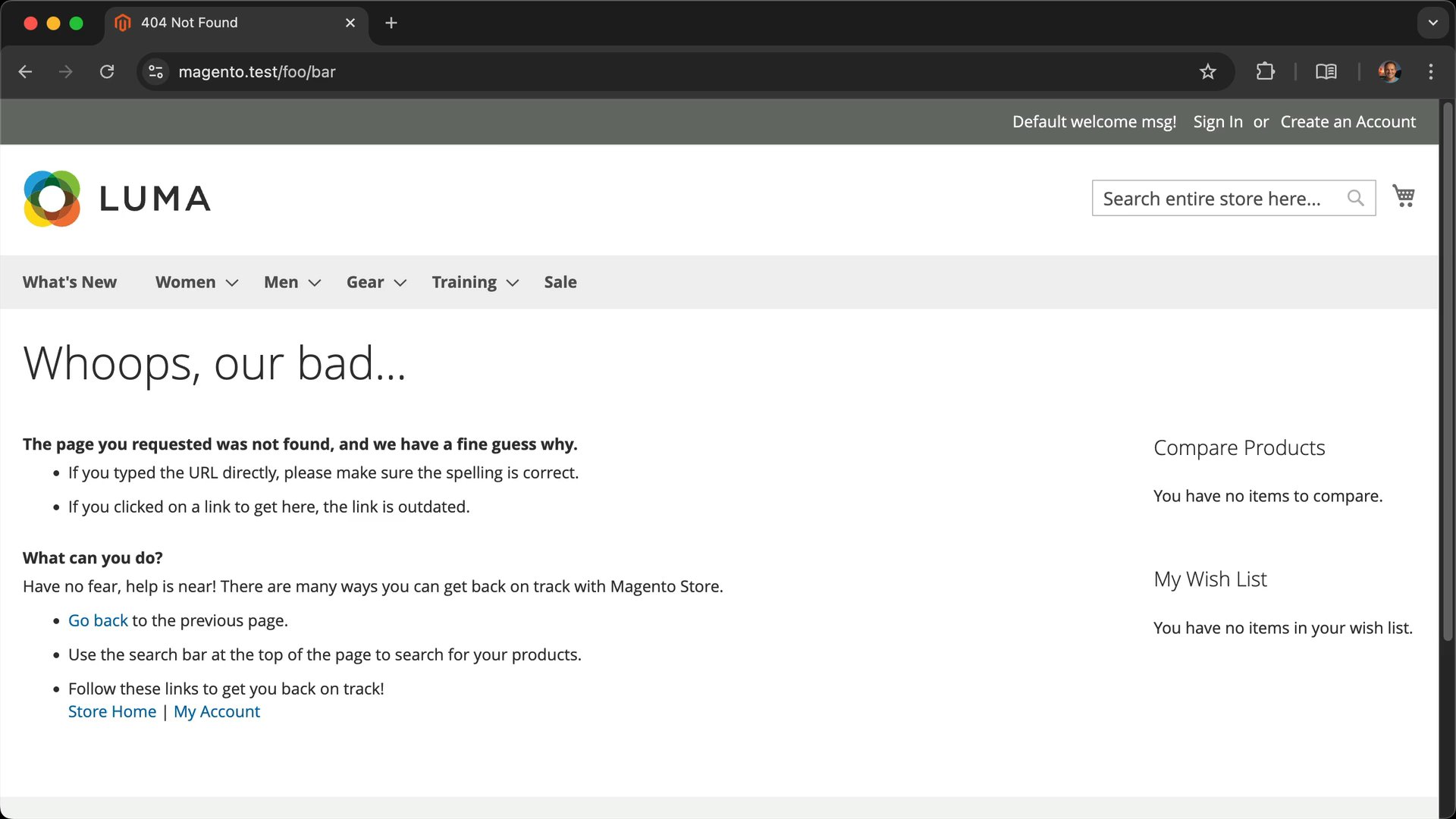Create a controller in Magento
Learn how to create a controller in Magento to respond to web requests.

Only available to enrolled or University students.
Join today to unlock hundreds of premium lessons.
Learn how to create a controller in Magento to respond to web requests.